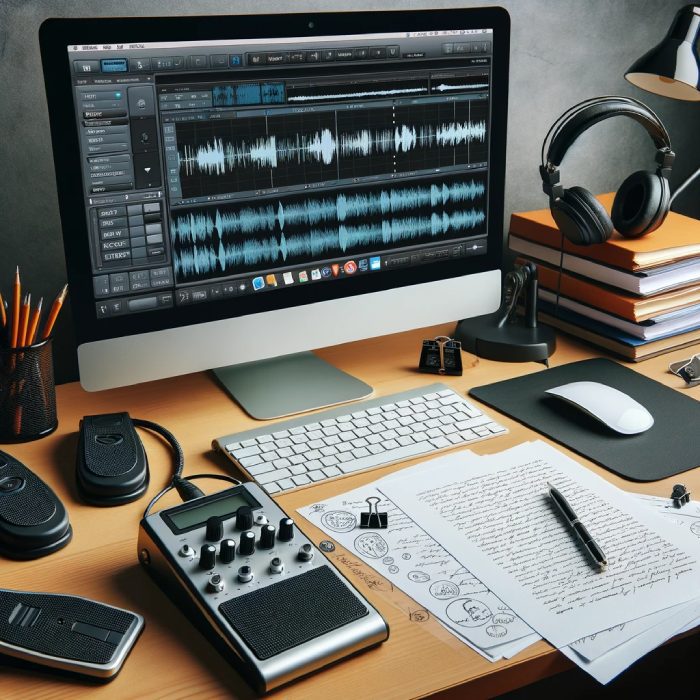 Blubrry launched a web-based podcast player that uses transcription products integrated with Rev. This player provides Blubrry podcasters with closed captioning and transcriptions, making every word actionable and accessible. Learn more about Blubrry closed captioning and transcription options here.
Blubrry launched a web-based podcast player that uses transcription products integrated with Rev. This player provides Blubrry podcasters with closed captioning and transcriptions, making every word actionable and accessible. Learn more about Blubrry closed captioning and transcription options here.
General information about transcription and closed captioning
Transcripts and closed captioning are similar, yet they each have their own applications. There are actually three types of textual content to consider when creating a podcast episode, show notes / episode description (blog post content), transcripts and closed captioning.
The most important of these is your show notes. See show notes to learn more. Comprehensive show notes are important for both web consumption and search engine optimization (SEO).
Benefits of Podcast Episode Transcripts
Accessibility
- Audio and video content becomes more accessible with 99% accurate captions to reach a broader podcast audience. Show your commitment to inclusivity for all audiences by providing transcriptions for everyone.
Improve SEO and Productivity
- Enhance your search engine visibility by making your content searchable. More eyes and ears on your content means bigger discoverability overall.
- Ease your podcast workflow and focus on what matters most, your podcast content.
Create Additional Content and Enhance Comprehension
- With the time you’ve saved and the accurate speech to text transcriptions you can turn those into blog posts, social media clips, courses and more.
- The combination of listening and reading to a podcast can vastly improve the content comprehension, perfect for detailed topics and discussions about your podcast content.
Reliability and Professionalism
- High accuracy, perfected by skilled professionals, and quick turnaround.
- Show off your attention to detail and dedication to quality. Transcriptions demonstrate your level of dedication and can increase credibility with your audience.
If your organization is required to meet specific accessibility requirements, you should be aware that the transcripts will not be syndicated with the media. If you rely on transcriptions in your blog post content alone your syndicated podcast will not be accessible for the hearing impaired. To make podcasts accessible, closed captioning should be incorporated directly into the media file.
Closed Captioning
Closed captioning is similar to transcription as it includes word-for-word what is spoken in the episode, though it differs in that it includes captions for sounds (such as clapping) and is incorporated directly into the media file to be presented during playback.
Adding closed captioning to your content is a labor intensive task usually performed by organizations that have the resources available to perform such work. Podcasters who plan to add closed captioning on their own should expect to spend significantly more time during production.
Closed captioning can be added to podcasting formats including mp3/m4a audio and mp4/m4v video. Instructions how to add closed captioning will be application specific. Here is a resource for adding closed captioning to video with Adobe Premier. Audio closed captioning typically use meta tags, such as ID3 tags in mp3s. Use your favorite ID3 editor to edit the Unsynched Lyrics tag. Keep in mind that closed captioning for video is commonly synchronized with video playback, where-as audio closed captions are saved as supplementary information stored within one meta tag. In most cases, it may be more optimal to provide a transcript as a PDF based podcast rather than include captioning within the audio recording’s ID3 tags.
If you are using Blubrry PowerPress to syndicate your podcast, your episodes that include closed captioning are designated as such. If you’re using another method, to enable this option go to PowerPress, make sure you are in Advanced mode, and click the “Basic Settings” tab. Under Basic Settings, enable the option “iTunes closed captioning,” then click “save.” When you create episodes you will have the option to notify iTunes that the episode includes closed captioning.




